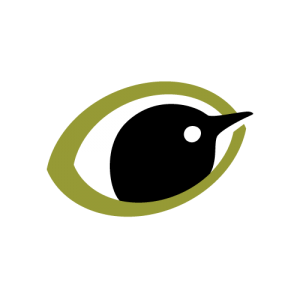Citation
Overview
Volunteer-led monitoring of seabirds was severely impacted by COVID-19 restrictions in 2020, but surveys were able to be carried out by the National Trust and the Royal Society for the Protection of Birds.
Tern colonies around Northern Ireland had a catastrophic year. Despite this, many seabirds, such as Guillemots, had a good breeding season.
In more detail
These surveys revealed that tern colonies around Northern Ireland had a catastrophic year, with Sandwich and Common Terns experiencing some of their lowest numbers since records began.
However, despite declines in terns, many seabirds had a good breeding season. 2020 was a record year for Guillemots on Muck Island, with Ulster Wildlife recording 3,107 individuals present at the colony last summer, the highest number counted since the first record in 1987.
Despite Black-legged Kittiwake populations experiencing a long-term decline in the UK as a whole, in Northern Ireland the decline is at a much slower rate, with some colonies actually showing an increase. In particular, Kittiwakes are going from strength to strength in south Co. Down, with volunteer-monitored colony there increasing in each year since 2015 (from 483 pairs to 717 pairs). Also in Co. Down, lucky volunteers were able to follow the breeding success of a colony of 22 pairs of Black Guillemots as they raised 11 young birds opposite their house during the lockdown.
These good news stories for Northern Irish seabirds are only possible to report due to the dedicated efforts of our Seabird Network volunteers year after year. However, each year there are still sites that do not regularly receive any counts — can you help survey Northern Irish seabirds?
Acknowledgements
This is the eighth edition of the Northern Ireland Seabird Report, covering 2020. This report is the published outcome of the work of the Northern Ireland Seabird Network of volunteers, overseen by the British Trust for Ornithology (BTO) on behalf of the Northern Ireland Environment Agency (NIEA).
This report is the published outcome of the work of the Northern Ireland Seabird Network – a network of volunteers, researchers and organisations – coordinated by the BTO Seabird Coordinator, and funded by NIEA.
